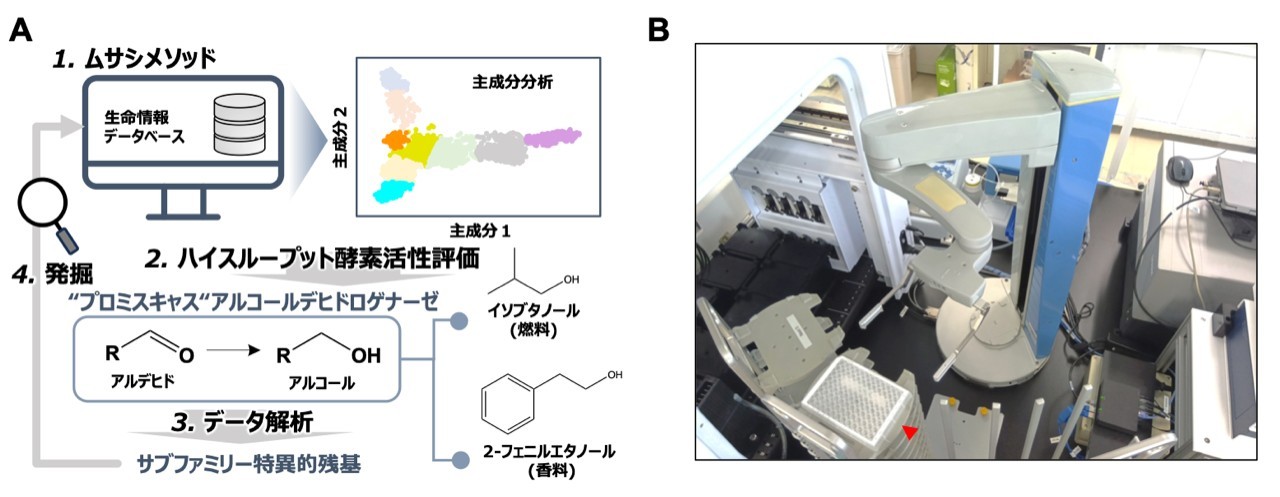2025-07-02 大阪大学

左図:採用した量子LSTMと異常な明るさの検知の概要。連綿と入力データを量子回路を内包したLSTMユニットに送り、最終的に明るさを予測する(ひし形)。予測データよりも、ずれが小さい場合には通常データと判定(オレンジ丸)、ずれが大きい場合には異常現象と判定(赤紫丸)。
右図:実際のX線の明るさの変化に量子また古典LSTMを適応した結果の一例。上パネルは、実際の観測データ、量子LSTM の予測、そして古典LSTMの予測を示している。下パネルは、観測データと予測のずれを示している。量子の方が、ずれ、または異常のシグナルが大きい。
<関連情報>
- https://www.sci.osaka-u.ac.jp/ja/topics/15516/
- https://www.sci.osaka-u.ac.jp/ja/wp-content/uploads/2025/06/PR_Kawamuro.pdf
- https://iopscience.iop.org/article/10.3847/1538-4357/adda43
X線光曲線の過渡事象を同定するための量子機械学習 Quantum Machine Learning for Identifying Transient Events in X-Ray Light Curves
Taiki Kawamuro, Shinya Yamada, Shigehiro Nagataki, Shunji Matsuura, Yusuke Sakai, and Satoshi Yamada
The Astrophysical Journal Published: 2025 July 2
DOI:10.3847/1538-4357/adda43
Abstract
We investigate whether a novel method of quantum machine learning can identify anomalous events in X-ray light curves as transient events and apply it to detect such events from the XMM-Newton 4XMM-DR14 catalog. The architecture we adopt is a quantum version of long short-term memory (LSTM) where some fully connected layers are replaced with quantum circuits. LSTM, making predictions based on preceding data, allows for the identification of anomalies by comparing predicted and actual time-series data. The necessary training data are generated by simulating active-galactic-nucleus-like light curves as these events would be a significant population in the XMM-Newton catalog. Additional anomaly data used to assess trained quantum LSTM (QLSTM) models are produced by adding flare-like quasiperiodic eruptions to the training data. Comparing various aspects of the performances of the quantum and classical LSTM (CLSTM) models, we find that QLSTM models incorporating quantum superposition and entanglement slightly outperform the CLSTM model in expressive power, accuracy, and true-positive rate. The highest-performance QLSTM model is then used to identify transient events in 4XMM-DR14. Out of 40,154 light curves in the 0.2–12 keV band, we detect 113 light curves with anomalies, or transient event candidates. This number is ≈1.3 times that of anomalies detectable with the CLSTM model. By utilizing SIMBAD and four wide-field survey catalogs made by ROSAT, SkyMapper, Pan-STARRS, and the Wide-field Infrared Survey Explorer, no possible counterparts are found for 12 detected anomalies.



